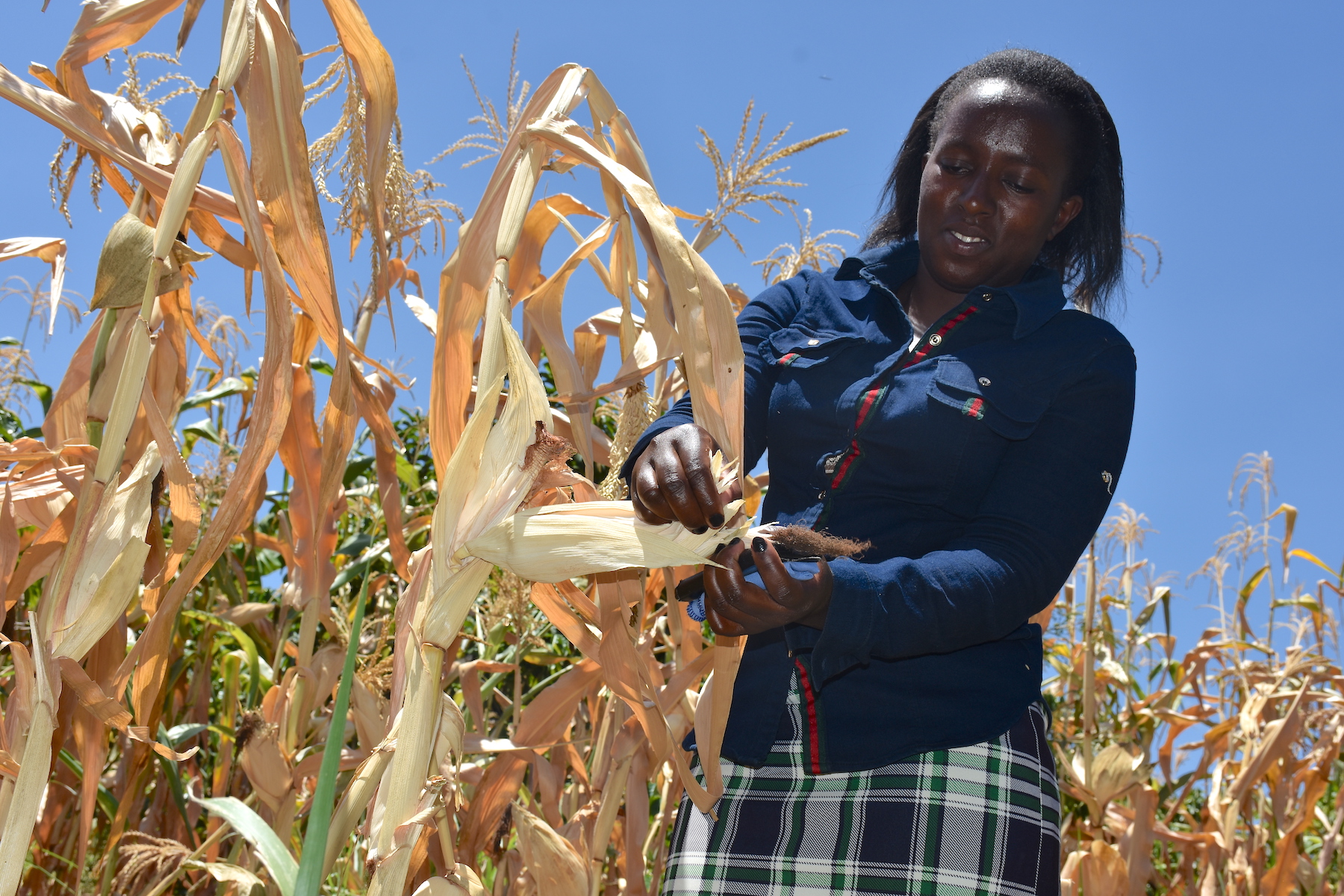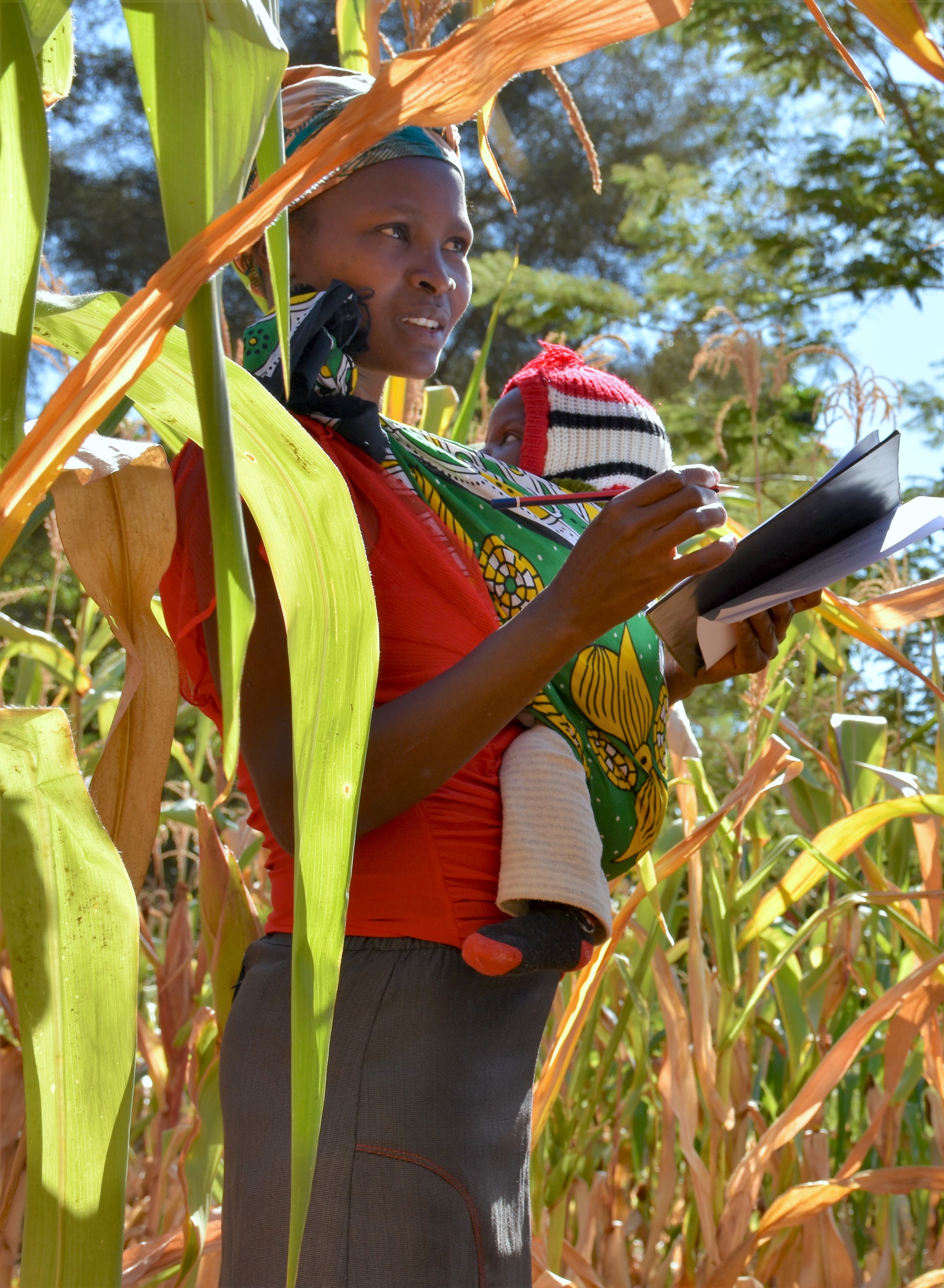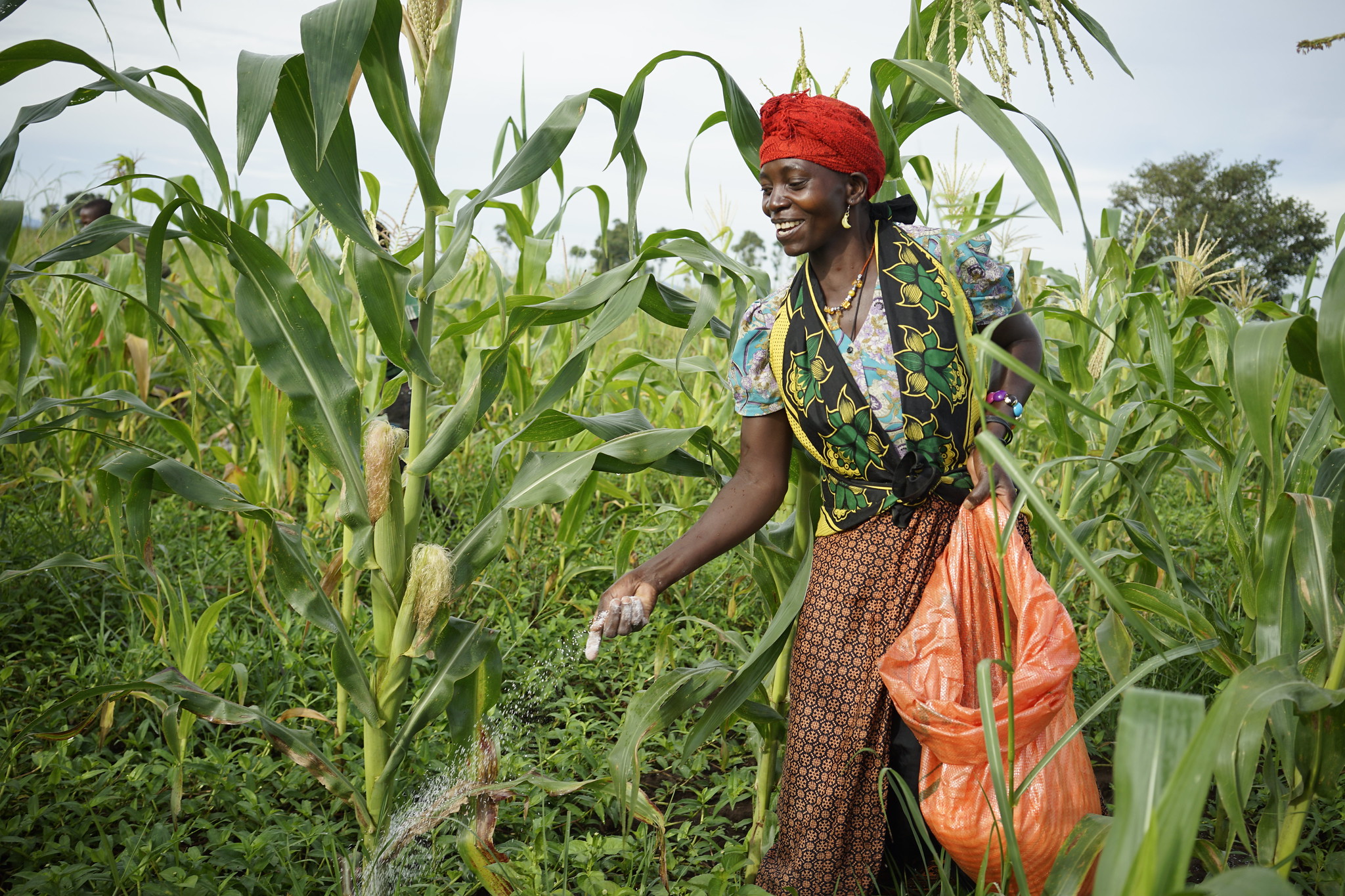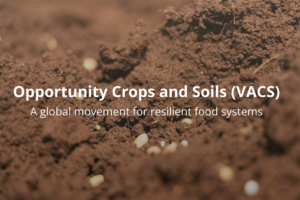
How do young rural Africans engage in the rural economy? How important is farming relative to non-farm activities for the income of young rural Africans? What social, spatial and policy factors explain different patterns of engagement? These questions are at the heart of an interdisciplinary research project, funded by the International Fund for Agricultural Development (IFAD), that seeks to provide stronger evidence for policy and for the growing number of programs in Africa that want to “invest in youth.”
One component of the Challenges and Opportunities for Rural Youth Employment in Sub-Saharan Africa project, led by the Institute of Development Studies (IDS), draws on data from the World Bank’s Living Standard Measurement Study – Integrated Surveys on Agriculture (LSMS-ISA) to develop a more detailed picture of young people’s economic activities. These surveys, covering eight countries in sub-Saharan Africa, were conducted at regular intervals and in most cases followed the same households and individuals through time. While the LSMS-ISA are not specialized youth surveys and therefore may not cover all facets of youth livelihoods and wellbeing in detail, they provide valuable knowledge about the evolving patterns of social and economic characteristics of rural African youth and their households.
“LSMS-ISA data are open access, aiming to help national governments and academics analyze the linkages between poverty and agricultural productivity in developing countries,” said Sydney Gourlay, Survey Specialist in the Development Data Group of the World Bank. She explained that LSMS-ISA datasets cover rural and urban livelihoods — including asset ownership, education, farm and non-farm incomes — and contain detailed information on farming practices and productivity. “LSMS-ISA data have untapped potential for valuable youth analyses that could lead to evidence-based youth policy reform,” Gourlay said.
To stimulate greater use of LSMS-ISA data for research on these issues, the International Maize and Wheat Improvement Center (CIMMYT), IDS, and the LSMS team of the World Bank organized a workshop for young African social scientists, hosted by CIMMYT in Nairobi from February 4 to February 8, 2019.
Early-career social scientists from Ethiopia, Ghana, Kenya, Nigeria, Uganda, and Zimbabwe explored the potential of LSMS-ISA data, identified research issues, and developed strategies to create new analyses. The workshop was also a chance to uncover potential areas for increased data collection on youth, as part of the LSMS team’s IFAD-funded initiative “Improving Data on Women and Youth.”
What does that data point represent?
The workshop stressed the importance of getting to know the data before analyzing them. As explained by World Bank senior economist Talip Kilic in The Crowd and the Cloud, “Every data point has a human story.” It is important to decipher what the data points represent and the limits within which they can be interpreted. For instance, the definition of youth differs by country, so comparative studies across countries must harmonize data from different sources.
“Because LSMS-ISA survey locations are georeferenced, it is possible to integrate spatial information from multiple sources and gain new insights about patterns of interest, as well as the drivers associated with such patterns,” said Jordan Chamberlin, spatial economics expert at CIMMYT. “For example, in all countries we’ve examined, the degree of non-farm economic engagement is strongly associated with distance from urban centers.”
Chamberlin noted that georeferencing also has limitations. For instance, to ensure privacy, LSMS-ISA coordinates for households are randomly offset by as much as 5 km. Nonetheless, diverse geospatial data from the datasets — distance to the nearest tarmac road or population density, among other information — may be integrated via the location coordinates.

One key variable to assess farm productivity is harvested area. The LSMS team’s research has revealed high, systematic discrepancies between farmers’ self-assessments of area, GPS measurements, and compass and rope, which is considered the most accurate method. Methodological validation data from Ethiopia, Nigeria, and Tanzania show that on average farmers overestimate the area of plots smaller than 200 m2 by more than 370 percent and underestimate the size of plots larger than 2 hectares by 13 percent, relative to compass and rope measurements. Such errors can skew yield analyses and the accuracy of assessments of national agricultural research programs’ impact.
Several workshop participants expressed interest in using the LSMS dataset for studies on migration, given that it contains information about this variable. In the case of internal migrants — that is, persons who have moved to another area in the same country — LSMS enumerators will find and interview them and these migrants will continue to be included in future rounds of the panel survey. In Malawi, for example, about 93 percent of individuals were tracked between the 2010/11 and the 2013 Integrated Household Surveys. Plot characteristics — such as type of soil, input use, and crop production — include information on the person who manages the plot, allowing for identification and analysis of male and female managed plots.
Following the training, the participants have better articulated their research ideas on youth. Prospective youth studies from the group include how land productivity affects youth opportunities and whether migration induces greater involvement of women in agriculture or raises the cost of rural labor. Better studies will generate more accurate knowledge to help design more effective youth policies.

 Innovations
Innovations 

